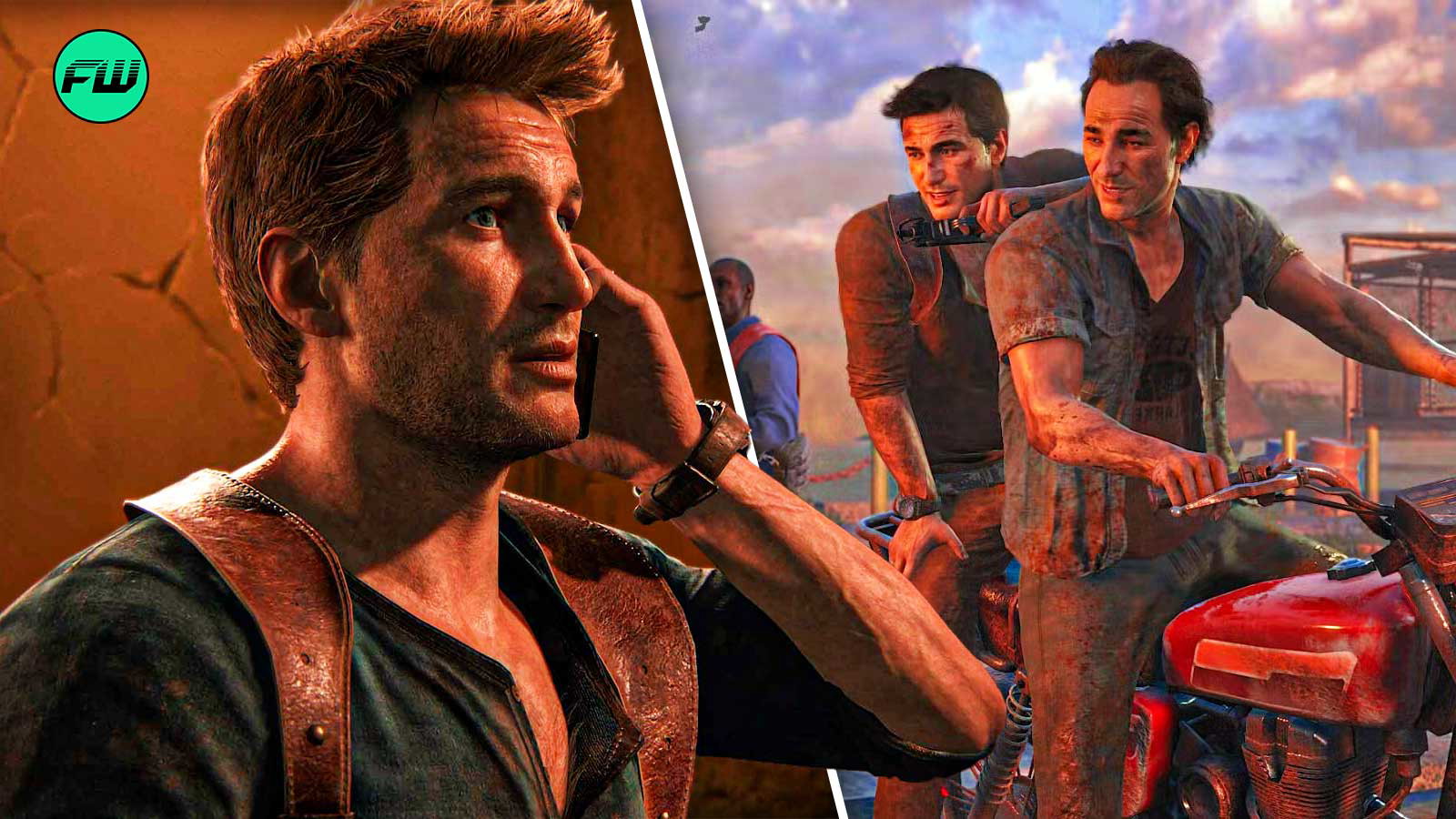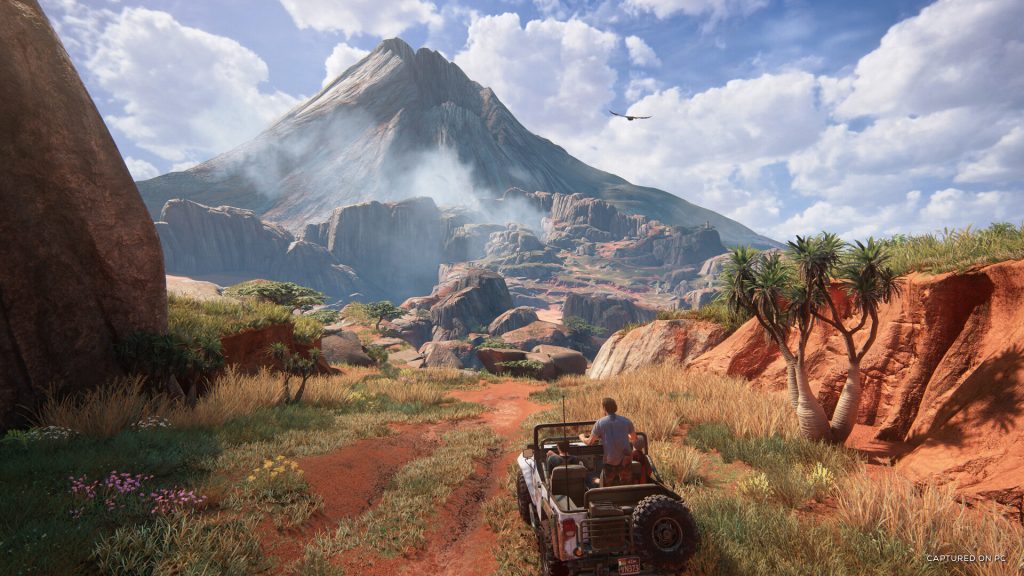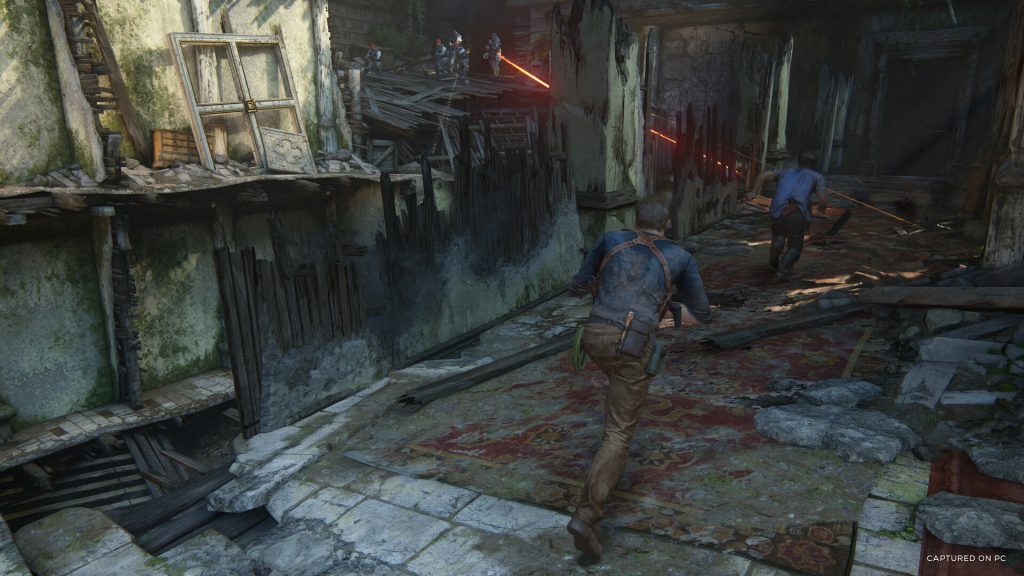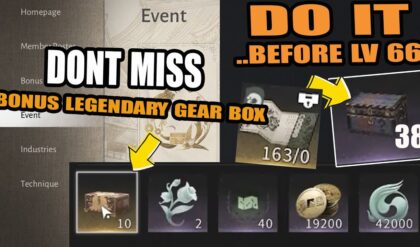Explore Neil Druckmann’s take on the violence in Uncharted 4 and how he compared Nathan Drake’s kill count to Indiana Jones.

When Uncharted 4: A Thief’s End launched in 2016, it came with both creative challenges and high expectations. Despite all the challenges during its development, Neil Druckmann, the game’s director, was proud. Not just of the critical acclaim, but of the bold creative decisions as well, even if they sparked controversy along the way.
 Critics didn’t enjoy the carefree attitude of the main protagonist. | Image Credit: Naughty Dog
Critics didn’t enjoy the carefree attitude of the main protagonist. | Image Credit: Naughty Dog
One of the most discussed aspects of the game was Nathan Drake’s casual attitude while leaving a trail of destruction behind him, with hundreds of kills on his name. However, instead of taking the criticism to heart, Druckmann chose to embrace it by making it a point about the stylized nature of action-adventure storytelling.
Neil Druckmann embraced the criticism about Uncharted 4
 Druckmann took the criticism with a unique perspective. | Image Credit: Naughty Dog
Druckmann took the criticism with a unique perspective. | Image Credit: Naughty Dog
In an interview, Druckmann offered a unique perspective on a criticism put on Uncharted 4, revealing that he considered one of the game’s features, the “Ludonarrative Dissonance” secret trophy, one of his proudest moments during development. The term means when the story and gameplay feel disconnected.
This trophy is awarded for killing 1,000 enemies in the game. However, it became critics’ point about Drake’s seemingly carefree attitude towards his excessive violence.
However, Druckmann explained that the game was never meant to be a commentary on the ethical consequences of violence.
He emphasized that the game is simply following the tradition of action-adventure stories. He then questioned why Uncharted sparked such debates over violence when Indiana Jones seemed to get a pass.
Why is it that Uncharted triggers this argument, when Indiana Jones doesn’t? Is it the number? It can’t be just the number, because Indiana Jones kills more people than a normal person does.
He made this comparison not to criticize Indiana Jones but to highlight the stylized nature of action-adventure fiction narratives, where characters like Drake and Indy exist in fictional worlds where death is often used as a narrative tool that enhances the excitement and danger of the adventure.
Druckmann also pointed to other beloved action heroes, such as Han Solo and Luke Skywalker, who kill numerous enemies without much emotional weight. So why criticize only the video game?
Druckmann saw the bigger picture
 The game was never meant to be a commentary on the ethical consequences of violence. | Image Credit: Naughty Dog
The game was never meant to be a commentary on the ethical consequences of violence. | Image Credit: Naughty Dog
Druckmann made it clear that the violence in Uncharted 4 is not meant to make a statement about real-world consequences. Rather it’s a clever nod to the genre, where the emphasis is typically on thrilling moments and not on the emotional consequences of each life taken.
It’s a fair point: many “heroes” use violence, but it is not presented there to show emotional weight. Instead, it is stylized and exaggerated to enhance the sense of danger and excitement.
While the secret trophy might have been the source of the wave of criticism faced by the game (in addition to various other things), Druckmann introduced it as a playful acknowledgment of the game’s portrayal of violence.
I told all the people on the team, “This is my proudest moment, the fact that I came up with this trophy on this project.”
By doing this he showed that video games can engage with complex themes and emotional depth, but they can also embrace the fun and escapism of action, much like the films and franchises that have inspired them.
In the end, whether it’s Indiana Jones or Nathan Drake, the heroes of these stories are not bound by the same moral compass as the average person because they exist in fictional worlds and should be taken as such.





